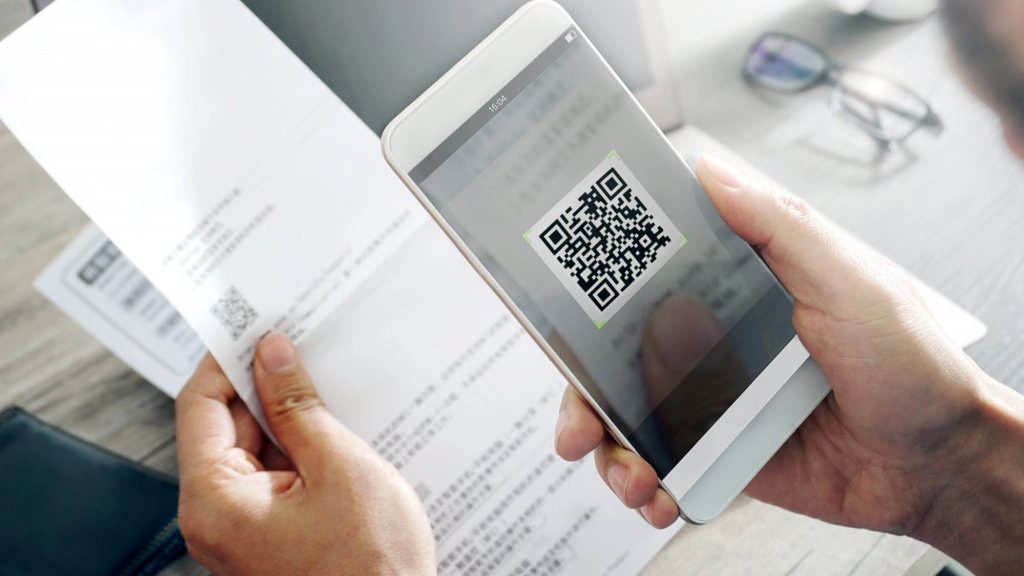
The Top 5 Mistakes in QR Code Marketing
First of all, one of the biggest mistakes companies make when using QR Codes in marketing is not knowing that dynamic QR codes don’t work where there is no internet service. Static codes will work, but then again static codes aren’t nearly as useful in marketing. Learn more about the difference between Static and Dynamic QR Codes.

QR codes do not market or advertise your product – they are simply a tool that you can use to divert customers from an offline to an online medium. Companies need to focus on developing strategies outlining what a customer will experience after scanning the QR code.
Companies that were early adopters of QR codes faced this problem, as initially there wasn’t much awareness as to what these codes were and neither did companies know how to best use them for marketing purposes. The problem was that customers who knew how to use these codes but did not find anything substantial when they scanned the codes were disappointed.

As QR codes become more popular, companies are learning innovative ways to use QR codes, but they also need to learn to avoid mistakes when using them. Here are the top five mistakes in QR code marketing:
1. Untested Codes
A few companies print QR codes without checking that they work, which causes problems for customers. Companies should avoid such blunders by testing the QR code using different smartphones and applications. If the error is found after printing, the company will either have to discard all the promotional material they are printed on or face customer dissatisfaction.
2. Using Text With URL
If a company wants to direct the customers to a website, it should only include the URL of the website and no other text. Including text will make the action prompt useless in the QR code. This means that when the application scans the code, it will not automatically direct the user to the intended website. It will be inconvenient for customers to copy and paste the URL from the message to their phone’s browser.

3. Directing to a Nonmobile Website
Today, almost all QR reading is done by smartphones. Because of this, QR codes should be linked to websites designed for mobile browsing. If the company stores a link to a standard website, it will either take too long to open on the customer’s phone or it won’t open at all. Customers will be disappointed. Furthermore, this type of error shows a fundamental misunderstanding of the technology.
4. QR Codes in No Data Signal Areas
Placing ads with QR codes in areas where there is no data coverage creates a roadblock to customer access of embedded data. Companies can check coverage with a range of network providers when they advertise in a particular area.
5. Valueless QR Codes
QR codes should reward the customer for scanning, just as coupons do. Directing a customer to another product ad will not only negate the benefits QR codes, but will also frustrate the customer.
Read the dos and don’ts of using QR codes to design better campaigns.

